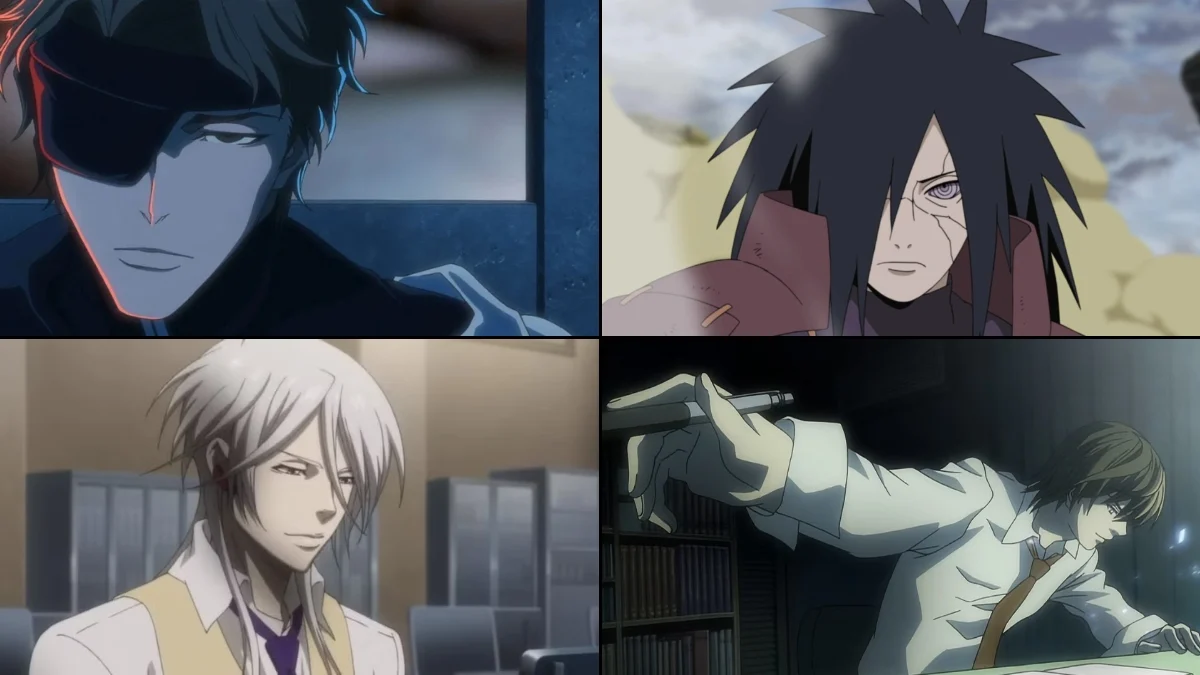
As a huge fan of stories, I’ve noticed something amazing about villains in the 21st century. They’re not just bad guys anymore! They’re so complex – their plans, powers, and the way they see the world actually *build* the entire story around them. These villains really challenge the heroes and create huge, sweeping plots. They don’t just stand in the way; they change everything – making you question what it even means to win, what’s right, or even just survive in that world. They leave a huge impact, honestly.
We’re highlighting fifteen anime villains who truly stand out for their strategies, impact on other characters, and the far-reaching effects of their actions. For each villain, we’ll give you the essential information – their background, motivations, and how they shape the story – providing a clear and helpful overview for both longtime fans and those new to the series.
Johan Liebert
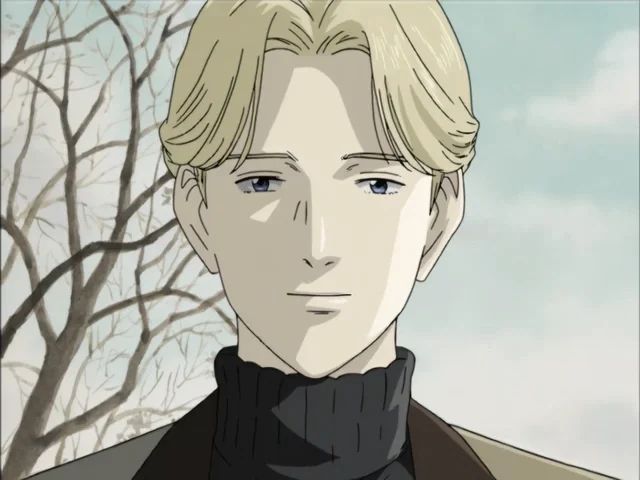
Johan Liebert is the main villain in the series ‘Monster’. He’s incredibly intelligent and constantly on the move, working from city to city. He expertly controls people – from criminals to those in power – to get what he wants. Johan hides his true identity through secret programs and fake names, allowing him to avoid detection and frame others for his crimes. He has connections to powerful people – including bankers and former soldiers – and even uses orphanages as part of his network, creating tense and dangerous situations wherever he goes.
What struck me most about ‘Monster’ is how meticulously the perpetrator builds his schemes. It’s not about quick grabs; it’s a slow, disturbing process of manipulating people – befriending those who could help, creating chaos with conflicting instructions, and making it look like the victims are partly to blame. This is brilliantly unsettling because it muddies the waters for anyone trying to investigate, and even pits potential allies against each other. The film masterfully uses case files, interviews, and even objects found at crime scenes to reveal a repeating pattern: an unseen hand turning simple crimes into incredibly complex plots that are always just beyond the reach of the law. It’s a genuinely chilling realization that someone is consistently pulling the strings from the shadows.
Sōsuke Aizen

Initially appearing as a loyal captain in ‘Bleach’, Sōsuke Aizen had access to sensitive research and knew how the Soul Society’s different groups worked together. He obtained the Hōgyoku, a powerful item that could overcome the limits between different types of beings, and used it to create an army called the Arrancar – beings with a mix of Hollow and Shinigami powers. This betrayal threw the Soul Society into chaos, forcing them to shift their focus and resources to fight an external threat.
Aizen’s sword ability, Kyōka Suigetsu, uses complete hypnosis from the very first glance. This lets him orchestrate assassinations, make it seem like people have died, and even switch friends into enemies at key times. Instead of relying on strength, he manipulates what people *think* they see, creating opportunities that can completely change the course of a battle. His actions cause major changes within Soul Society, shifting power dynamics that last long after he’s no longer actively fighting.
Light Yagami
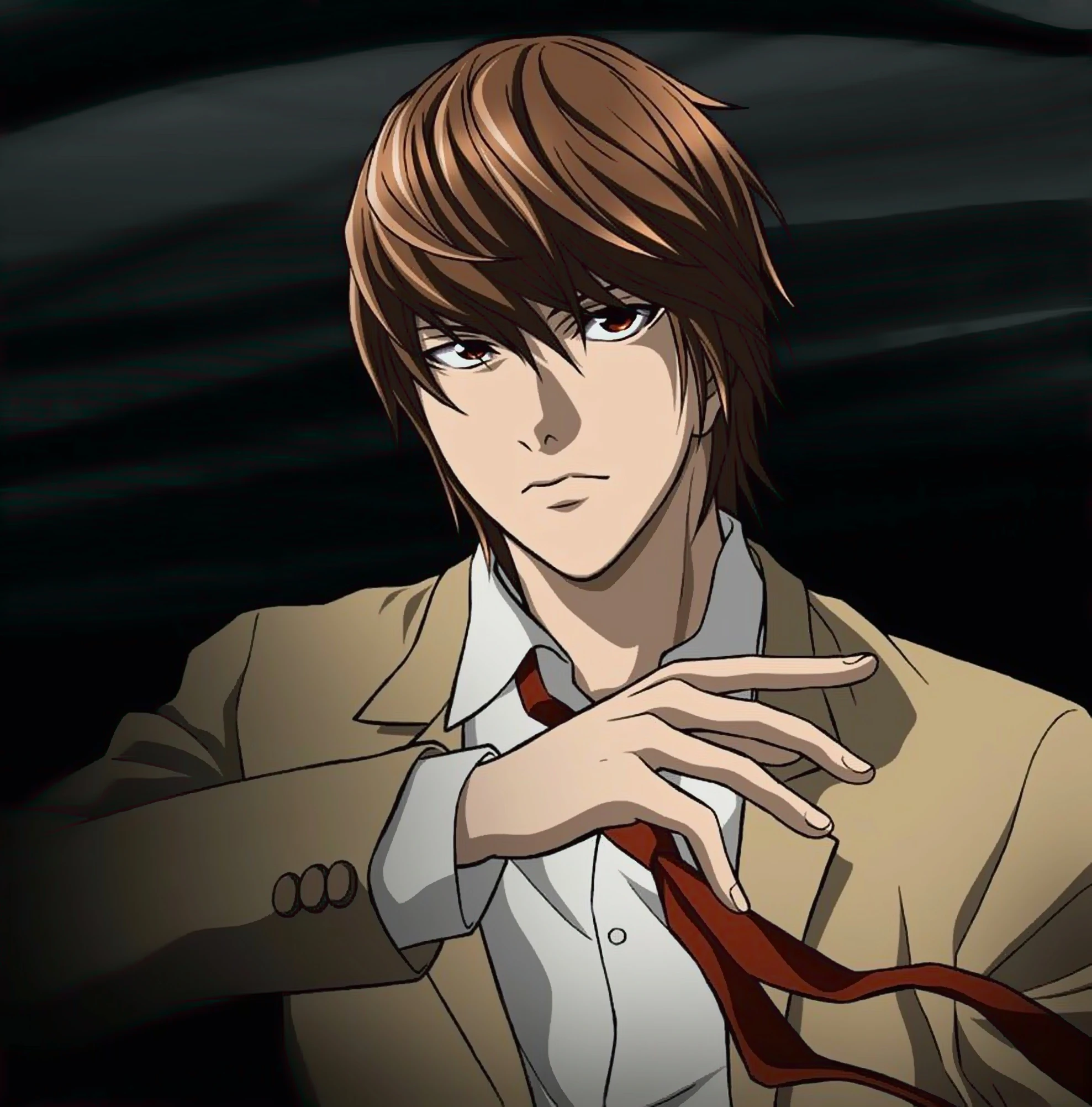
Okay, so ‘Death Note’ has this brilliant but totally messed-up protagonist, Light Yagami. He finds this notebook that literally kills people if you write their name in it while picturing their face. It’s wild! He starts a secret campaign to become some kind of twisted judge, and to throw everyone off, he’s playing both sides – pretending to help catch the killer *while being* the killer. It’s a super clever cat-and-mouse game, but he’s constantly messing with the investigation. He’s feeding false clues to the media and even directly to the police task force, making it almost impossible for them to get a clear picture of what’s going on. They’re chasing ghosts, relying on bits and pieces of info he *wants* them to find.
Light’s battle against the detective L involves elaborate planning, including using hitmen, hiding supplies, and swapping notebooks. Throughout ‘Death Note,’ strange deaths – heart attacks that happen at the same time and are linked by unusual signals – force police to work together with international agencies in ways they never have before. Light’s actions reveal weaknesses in how digital information is protected, how evidence is handled, and how different law enforcement groups trust each other, ultimately changing how investigations are conducted within the series.
Madara Uchiha

Madara Uchiha, from ‘Naruto: Shippuden,’ was a key leader in the creation of the first ninja villages and the Uchiha clan. He returns to fight in later conflicts using his deep understanding of ninja tactics and village secrets, aided by alliances and a unique ability to reincarnate. Madara expertly uses past conflicts and current weaknesses to fuel his plans.
Madara’s powerful eye techniques let him control large areas, create realistic illusions on the battlefield, and overwhelm his enemies. He also gathers immense power by using the energy of tailed beasts and dangerous, unconventional methods, all while ignoring peaceful negotiations. This leads to widespread chaos, forcing even enemy villages to temporarily team up, changing the rules of their agreements, and establishing new leadership structures that remain in place even after the conflict ends.
Meruem

Okay, so in the ‘Hunter x Hunter’ Chimera Ant arc, we meet Meruem, and he’s truly fascinating. He doesn’t just *have* an army, he’s actively evolving it, with different ranks designed for specific jobs – some are scouts, others are heavy hitters. What’s really chilling is how he ‘ranks’ humans too, essentially deciding who’s useful and who isn’t. He’s got this inner circle – Neferpitou, Shaiapouf, and Menthuthuyoupi – handling everything from intel and medical care to defense. It’s a seriously locked-down system, making it almost impossible for standard Hunter teams to get through. He’s built a fortress, both literally and strategically, and it’s terrifying to watch.
Meruem’s ability to quickly adapt, both physically and mentally, completely alters how his opponents approach fighting him. His attempts to govern lead the Hunter Association to respond with new, specialized teams and secret operations. The story follows the efforts to track his resources, plan for evacuations, and keep communications secure, showing how the sudden emergence of such a powerful predator forces established organizations to reconsider their strategies for controlling and confronting him.
Yoshikage Kira
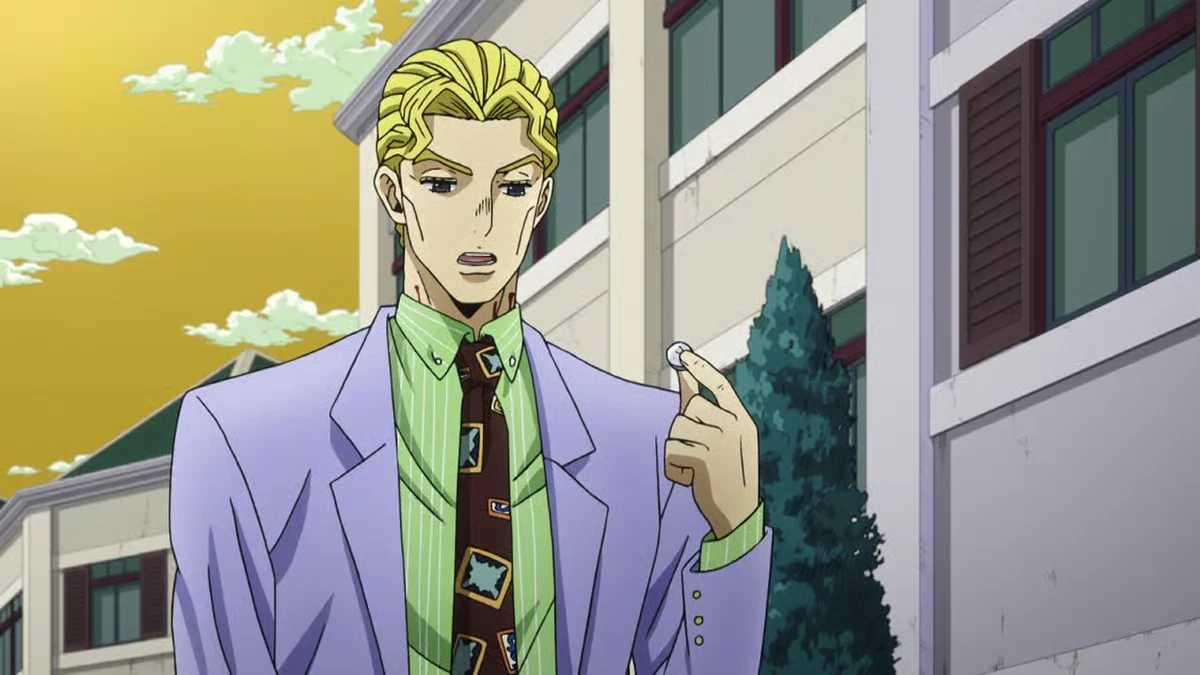
Yoshikage Kira, the secret villain in ‘JoJo’s Bizarre Adventure: Diamond Is Unbreakable’, lives openly among the people of Morioh. His Stand, Killer Queen, lets him turn things into bombs, which he uses to destroy evidence and cover his tracks. To avoid being caught, Kira changes his identity during the story, using another Stand to take on a completely new appearance and past.
In the town of Morioh, an unlikely team of detectives – students and people with special abilities called Stand users – work together to solve mysteries by investigating seemingly small clues like changes in routine, lost objects, and confusing events. As Kira tries to stay hidden, this group is forced to collaborate, sharing information about Stands and piecing together records of movements from places everyone uses. This combination of supernatural powers and traditional detective work makes it increasingly difficult for Kira to avoid capture.
Father
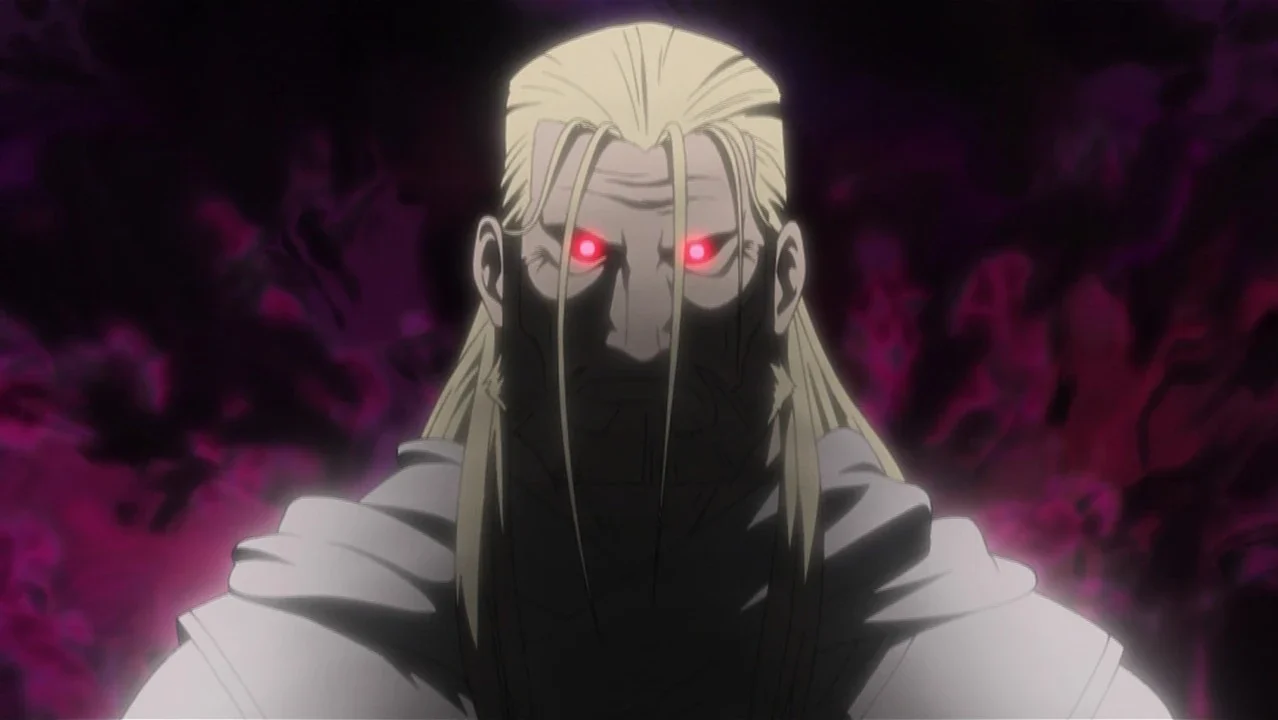
The character of Father from ‘Fullmetal Alchemist: Brotherhood’ began as a homunculus – an artificially created being – made through alchemy. He later took on a human appearance to carry out large-scale plans for the nation. He created seven homunculi – Lust, Envy, Gluttony, Greed, Sloth, Wrath, and Pride – who acted as specialized agents. Each one had specific missions to disrupt military control and ethical scientific practices, allowing Father to place his influence throughout the country.
Father uses the principles of alchemy to create massive transmutation circles that stretch across countries and utilize public works. He controls funding and military advancements to ensure loyal staff remain nearby and silence opposition. To achieve his ultimate goal, he needs large groups of people in specific locations, so he orchestrates conflicts to gather them precisely where his final circle requires – effectively using conflict as a cover for logistical planning disguised as normal administration.
Shōgo Makishima
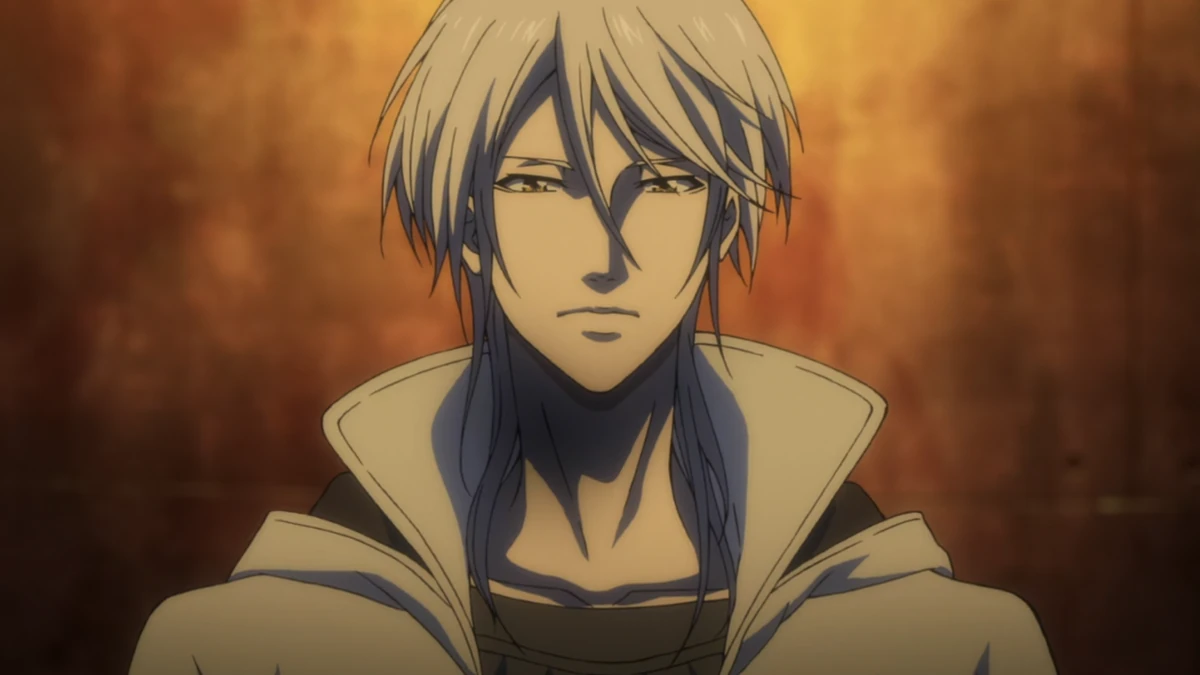
Shōgo Makishima, from the series ‘Psycho-Pass’, is a unique threat because he can avoid detection by the system that usually predicts and stops crime. He finds and recruits others by understanding their weaknesses and giving them the means to exploit flaws in the automated police system. This highlights how much society relies on instant scans to prevent crime, rather than old-fashioned detective work.
Makishima deliberately attacks essential systems like broadcasting, schools, and research centers to see how Sibyl System reacts. Each attack serves as a real-time evaluation of how quickly authorities respond, how much freedom officers have, and how well the system’s safeguards work. As investigators learn from these incidents, the series shows the implementation of updated training, extra checks done by hand, and more complex security measures – all designed to prevent a single criminal from avoiding detection.
All For One
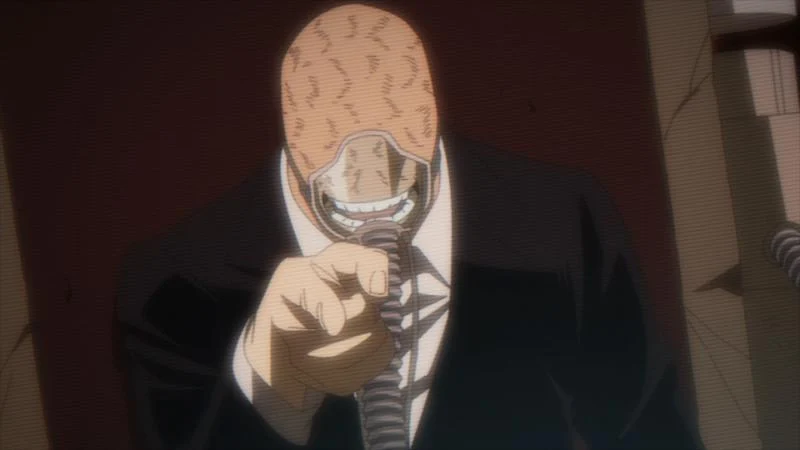
All For One, a major villain in ‘My Hero Academia’, steals and shares people’s superpowers, creating a network of followers who remain loyal because of the power and healthcare he provides. He works through assistants to find and train recruits, and to control how the public sees him, all while staying hidden. His activities connect with those of the League of Villains, turning isolated incidents into planned attacks.
His conflicts with prominent heroes have led to changes in how heroes are licensed, how internships work, and how threats are categorized. Hospitals, support businesses, and schools are updating their safety procedures and emergency training because his tactics revealed vulnerabilities in public safety. The new laws and educational practices seen throughout the series are a direct result of the dangers presented by a villain capable of both taking and giving people powers.
Muzan Kibutsuji

As a huge anime fan, I’ve been fascinated by Muzan Kibutsuji from ‘Demon Slayer.’ He’s basically the original demon, and he runs this whole organization called the Twelve Kizuki. What’s scary is how much control he has – he can change his followers’ bodies, take away their powers, and even punish them from afar if they step out of line. It keeps everything running smoothly for him, but it’s terrifying! He’s also a master strategist; he spreads his demons to places where people are traveling, trading, or working at night, making it easy for them to hide in plain sight. It’s a really clever, and creepy, way to build his influence.
To fight the widespread threat of Muzan, the Demon Slayer Corps utilizes unique breathing techniques, a clear ranking system, and a network of communication using crows. They’ve set up safe havens, medical facilities, and regular patrols to protect both cities and the countryside. The series shows how they research antidotes, train new swordsmen, and share vital information – all in response to how quickly Muzan’s forces adapt and evolve.
Bondrewd
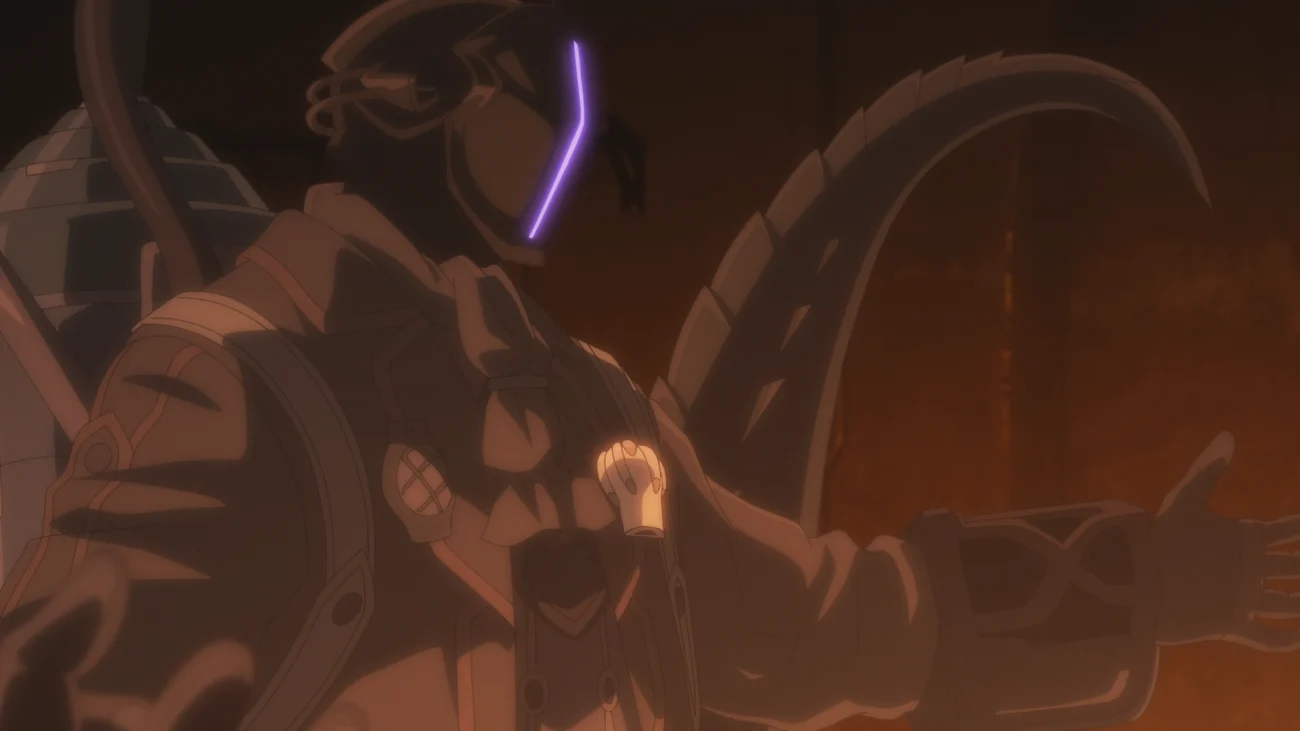
Bondrewd, a seasoned explorer from ‘Made in Abyss’, conducts research in the dangerous depths of the Abyss. He operates a fully-equipped base of operations, complete with staff, supplies, and transportation systems designed to overcome the Abyss’s challenging vertical structure. His experiments, which involve both ancient relics and living organisms, produce results that seem unachievable closer to the surface, baffling other explorers.
Bondrewd operates in legal loopholes and far-off locations, letting him perform experiments without much scrutiny. The series details his lab designs, how he contains dangerous subjects, and his plans for when things go wrong due to the Curse. Because of his work, other adventurers have to carefully plan their expeditions, including medical support, rescue strategies, and safe ways to handle artifacts – all influenced by Bondrewd’s research.
Isabella
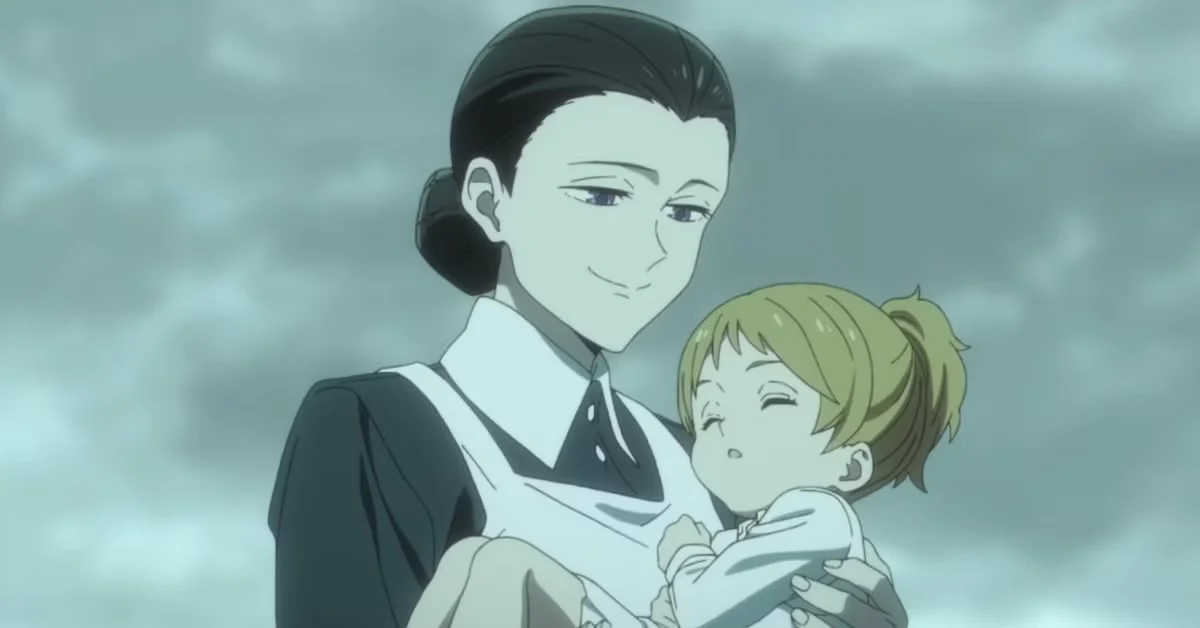
In the anime ‘The Promised Neverland’, Isabella, nicknamed “Mama,” runs Grace Field House with a rigid schedule that hides a dark secret: the children are being raised as food for others. She carefully monitors them using tracking devices, daily tests, and behavioral control to ensure they remain obedient and don’t discover the truth. Isabella communicates with people outside the house using coded messages and arranges regular pickups, maintaining the flow of children to their buyers.
When the children start figuring out the layout of the farm, Isabella responds by increasing security – she closely watches them, takes inventory of everything, and uses punishment strategically to stop them from sharing information. This shows how control can be exercised even within a system of care, using things like locked gates, limited access to books, and restricted areas. Both the children’s escape plan and Isabella’s efforts to stop them involved careful planning and organization, including mapping the farm, making ropes, practicing timing, and using distractions.
Makima

Makima, a powerful figure in ‘Chainsaw Man’s’ Public Safety organization, controls field teams and makes deals with devils through her authority and special contracts. She uses official procedures to gather information, acquire weapons, and work with other countries, allowing her to carry out dangerous operations while appearing to follow the rules. By building relationships with different departments, she creates a system that hides her real goals.
Makima operates using agreements where she trades human sacrifices for strategic gains, letting her defeat opponents without typical bargaining chips. She controls information and movement – managing phone calls, meetings, and troop deployments – to divide her allies and focus on specific targets. The story shows how she accomplishes this through reports, briefings, and changing loyalties, highlighting how seemingly ordinary paperwork and authority can conceal her most important actions.
Ryomen Sukuna

As a huge fan of ‘Jujutsu Kaisen’, what really fascinates me about Ryomen Sukuna is how his power works. He’s this incredibly dangerous cursed spirit, but he’s bound to these twenty fingers scattered around, making each one a major threat. Every time someone swallows a finger, he gets stronger and causes trouble wherever those fingers are kept or moved. It’s not just about fighting him; a lot of the story revolves around *how* they try to contain him and his fingers, which makes for some really clever tactics and suspense.
Sukuna’s unique abilities and agreements bend the rules of jujutsu, pushing schools and organizations to revamp training. They now focus on hostage situations, defending against his domain, and safely storing cursed objects. Because multiple pieces of him exist, keeping them secure requires complex logistics – heavily guarded vaults, protective escorts, and strict information control to prevent anyone from trying to steal them. Even when Sukuna isn’t active, his potential for sudden, devastating reappearance forces constant preparedness and shapes security policies.
Esdeath
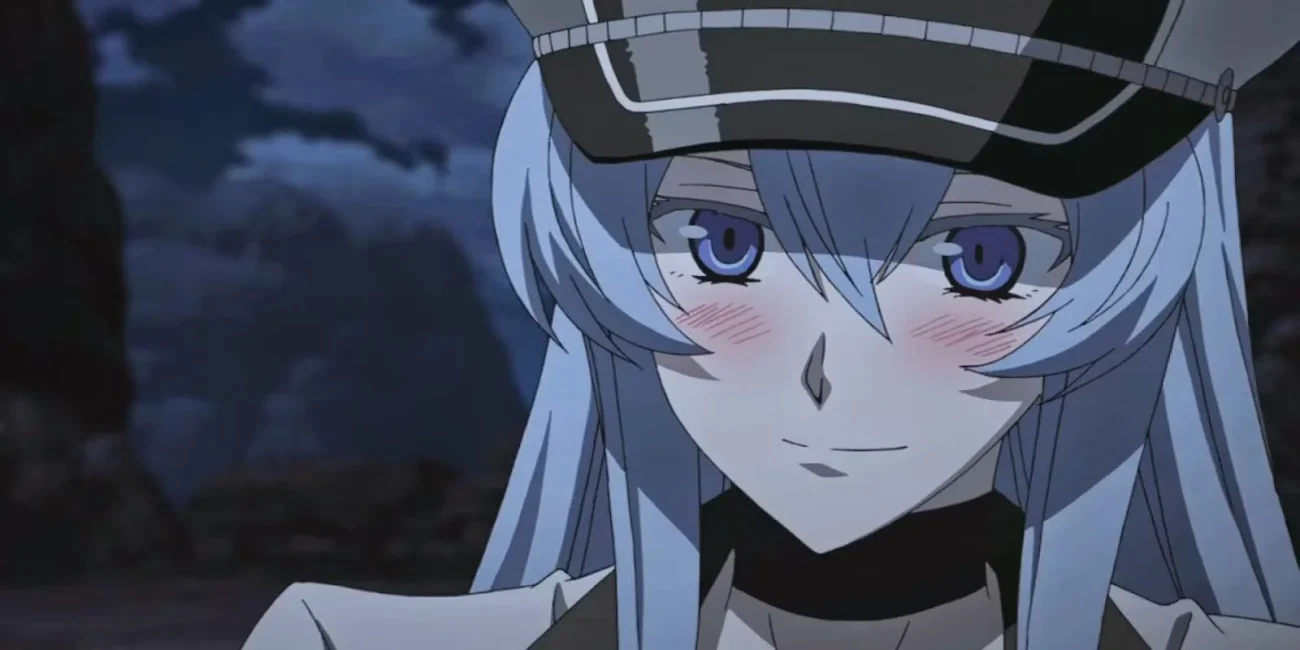
Esdeath, a general from ‘Akame ga Kill!’, leads powerful imperial troops and has a unique weapon that can instantly freeze anything around her. She’s known for carefully planned capture operations, using tactics like scouting, traps, and controlling large groups of people, whether in cities or wild areas. Records of her battles show how she manages resources and effectively combines her special weapon users with regular soldiers.
As a film buff, I’ve always been fascinated by Esdeath’s role. She’s not just a powerful character, but a key figure in maintaining the empire’s control. Her unwavering loyalty keeps everything running smoothly, squashing any potential rebellion from within. This means the resistance fighters are constantly on the move, having to rethink their plans, hideouts, and how they gain new members. Esdeath’s quick-response teams and, let’s be honest, brutal interrogation methods really limit where the rebels can operate, ultimately dictating the entire landscape of the conflict throughout the series. It’s a brilliantly constructed element of the world-building, showing how power truly impacts every level of resistance.
Read More
- DOGE PREDICTION. DOGE cryptocurrency
- Calvin Harris Announces India Debut With 2 Shows Across Mumbai and Bangalore in November: How to Attend
- EQT Earnings: Strong Production
- The Relentless Ascent of Broadcom Stock: Why It’s Not Too Late to Jump In
- Docusign’s Theatrical Ascent Amidst Market Farce
- TON PREDICTION. TON cryptocurrency
- The Dividend Maze: VYM and HDV in a Labyrinth of Yield and Diversification
- HBO Boss Discusses the Possibility of THE PENGUIN Season 2
- Ultraman Live Stage Show: Kaiju Battles and LED Effects Coming to America This Fall
- Why Rocket Lab Stock Skyrocketed Last Week
2025-10-10 03:21